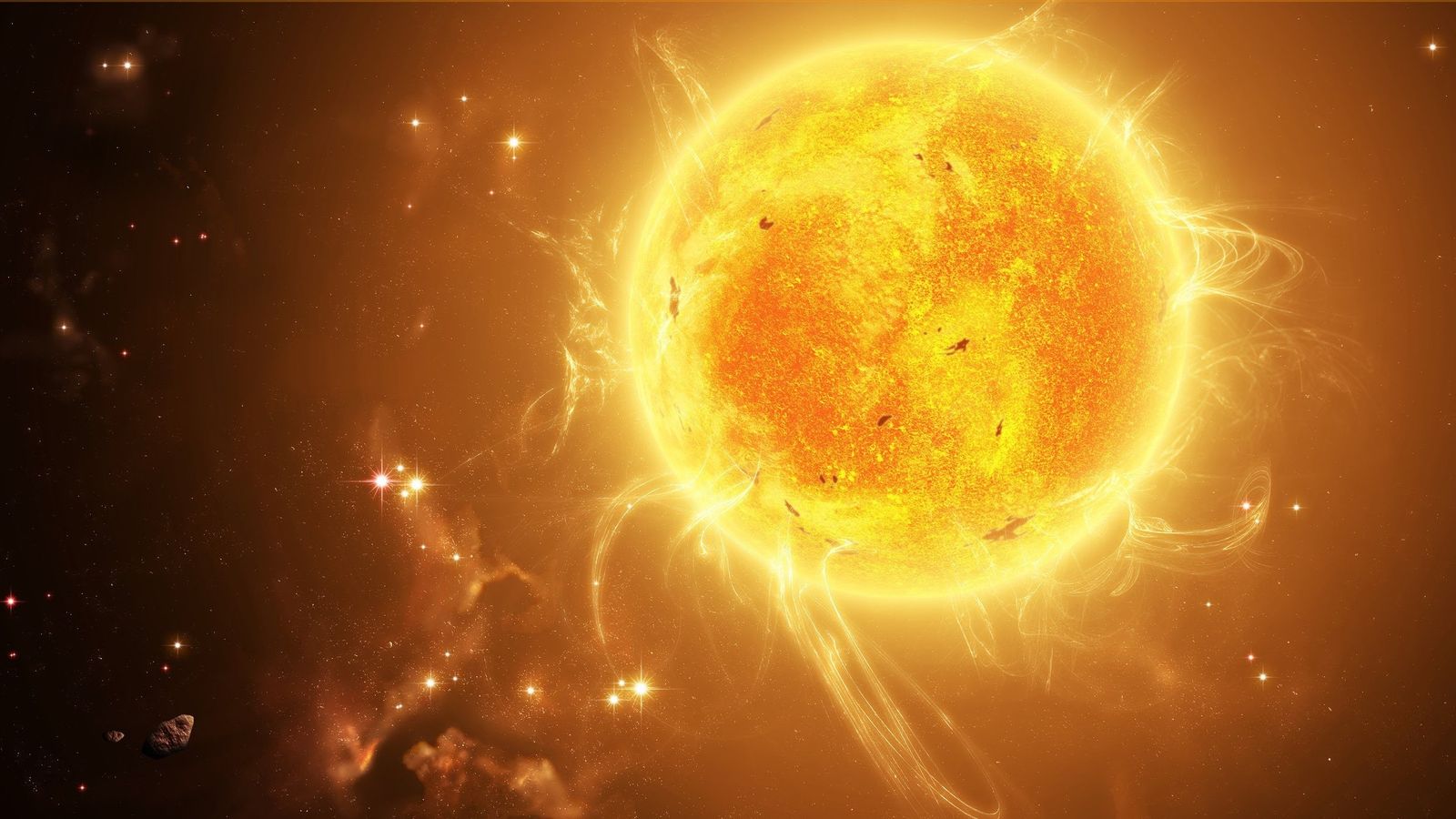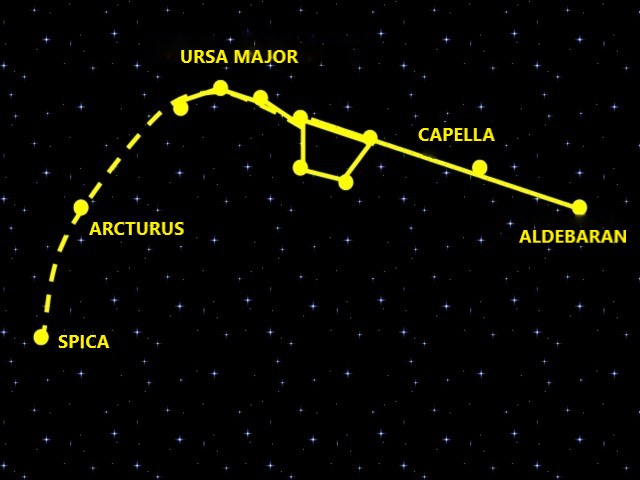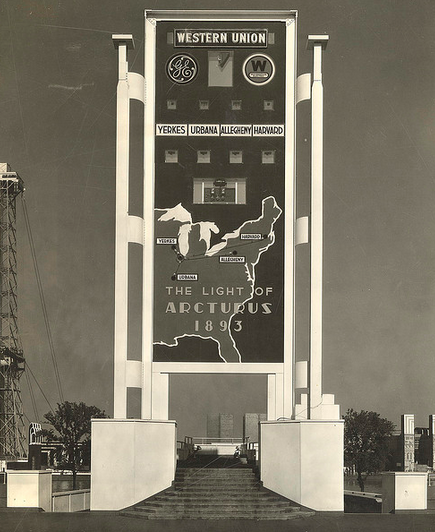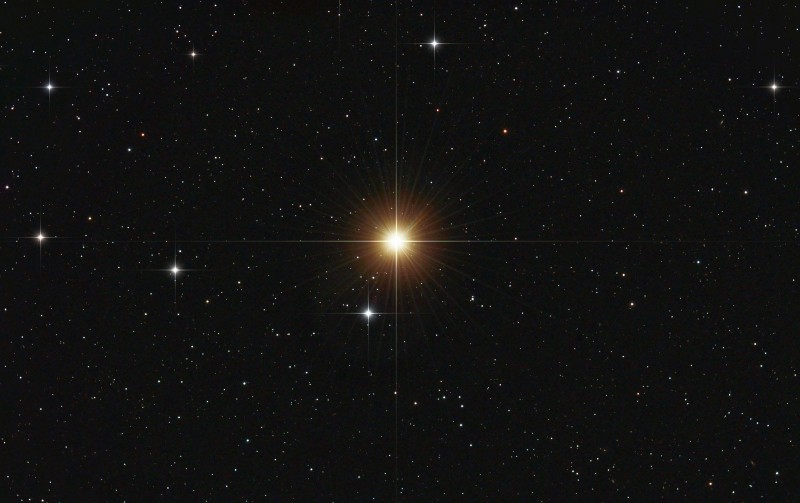Arcturus is a red giant star in the Northern Hemisphere of the Earth’s sky and the brightest star in the constellation Boötes. Arcturus is also among the brightest stars that can be seen from Earth. Arcturus is located at a distance of about 37 light-years from Earth and is the fourth brightest star in the night sky — its apparent magnitude is -0.04 and its absolute magnitude is 0.2. The age of the star is approximately 7.1 billion years.

The name “Arcturus” comes from the Greek “keeper or guardian of the bear” (Artcurus), which is associated with its position next to the tail of the constellation Ursa Major. Astronomers say that Arcturus will turn into a white dwarf at the end of its life.
The easiest way to detect Arcturus is to follow the curve of the “bucket” of the Ursa Major. A simple way to remember how to find a star is to recall the famous phrase: “Follow the arc to Arcturus, and then rush to Spica”. The last part of this phrase refers to the bright star of Spica, which is actually a double.

The star of the exhibition in Chicago
The initiators of the Chicago World’s Fair in 1933 were looking for a memorable way to open their exposition. The previous World’s Fair in the city was held 40 years ago, in 1893. Since at that time it was believed that Arcturus was about 40 light-years from Earth, the organizers decided to use the light of the star as part of a new exhibition and as a way to celebrate the previous World’s Fair in Chicago.

At 09:15 p.m., CST, on May 27, 1933, telescopes focused the star’s light on several photocells. The electric current from the stellar photocells was used to flick the switch that turned on the spotlights on the exhibition grounds.
Years later, more accurate measurements determined the distance to Arcturus as 37 light-years from Earth. Therefore, the light that was used at the Chicago World’s Fair actually began its journey to Earth in 1896, and not in 1893.
Modern understanding of Arcturus
The mass of Arcturus is only 1.5 times that of the sun. Nevertheless, its luminosity is 113 times brighter than the Sun. This is all because the star is in the last stages of its life. Considered a red giant, Arcturus has stopped synthesizing hydrogen in its core. Astronomers believe that it has now moved to the stage of synthesizing heavier elements such as carbon, nitrogen and oxygen.

Therefore, Arcturus has a lower temperature than the Sun. Most of the red giant’s energy is radiated as heat. In fact, the star emits 215 times more heat than the Sun. As soon as Arcturus runs out of helium, its outer layers are likely to dissipate, leaving behind a white dwarf — a dense core of the star.
Arcturus in Science Fiction
No planets have been found around Arcturus. Although science fiction has raised this question more than once. One of the first examples is David Lindsay’s book “A Voyage to Arcturus” (Methuen & Co. Ltd., 1920). The main character of the novel goes to Tormance, a fictional planet orbiting Arcturus.
Arcturus — either a star or a fictional planet with the same name — has also appeared in many other science fiction series, including Isaac Asimov’s book series “Foundation”, the television series “Doctor Who” and “Star Trek”. There is a famous phrase in The Hitchhiker’s Guide to the Galaxy: “No matter how fast the body travels, the soul travels at the speed of a mega camel”.
Follow us on Twitter to get the most interesting space news in time
https://twitter.com/ust_magazine

